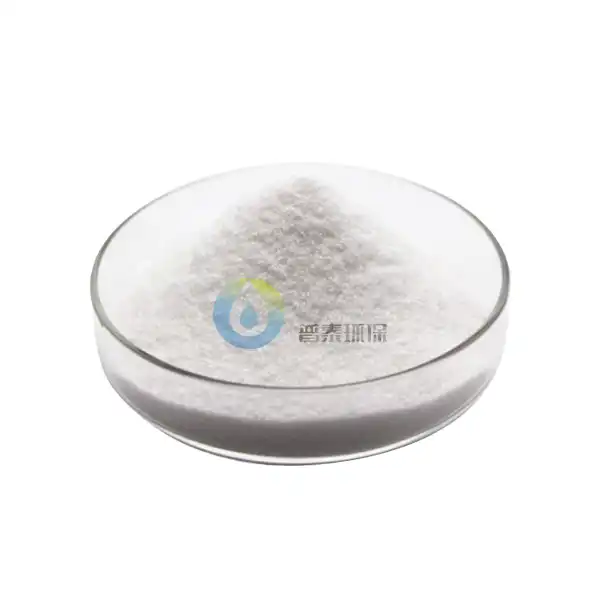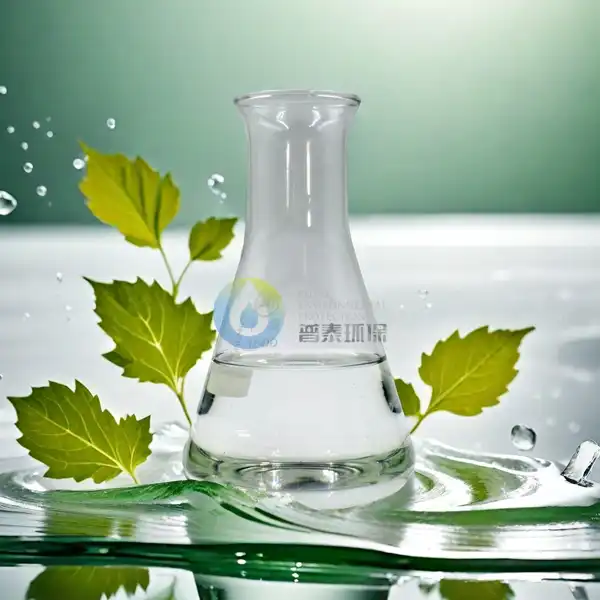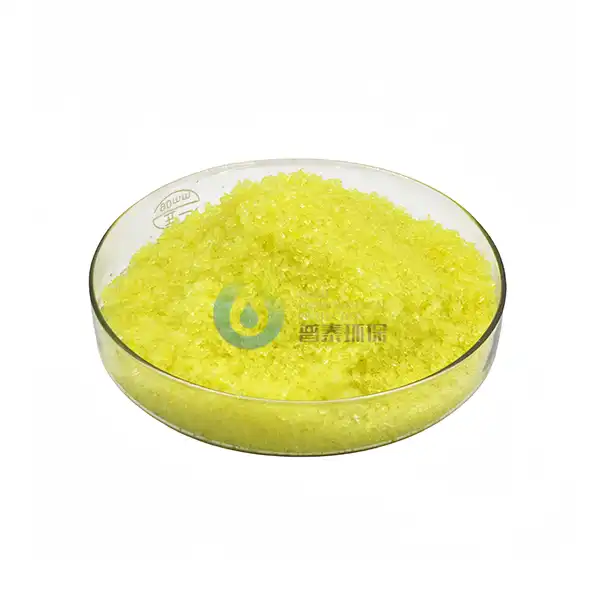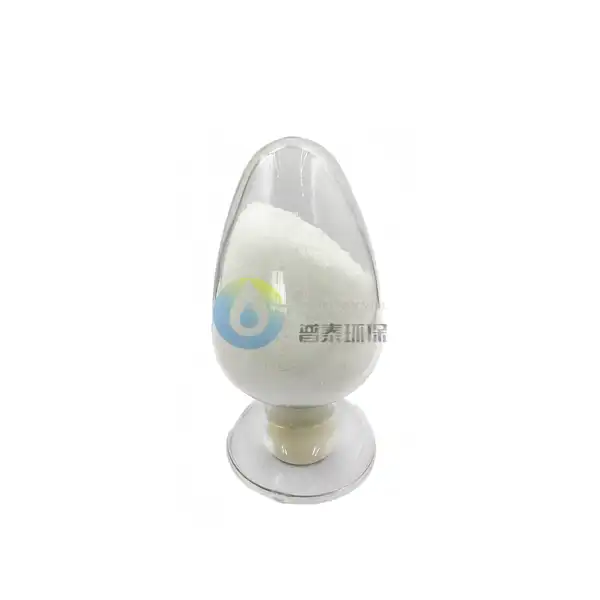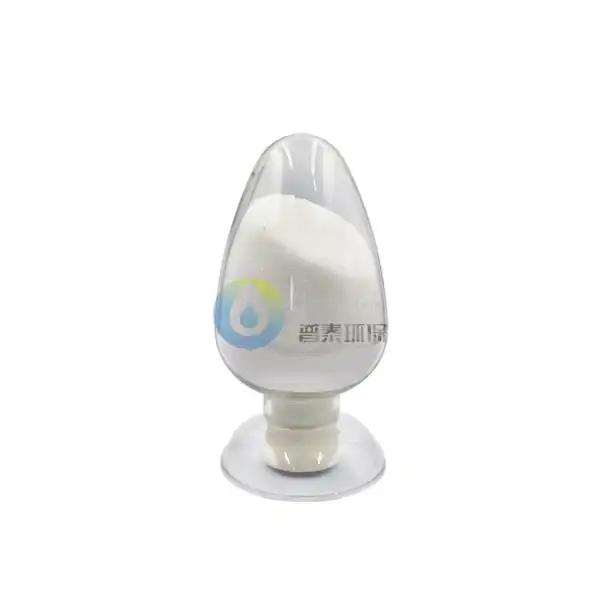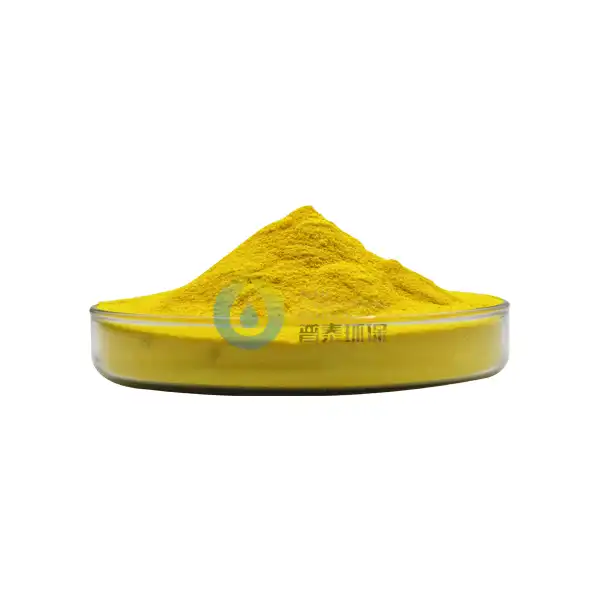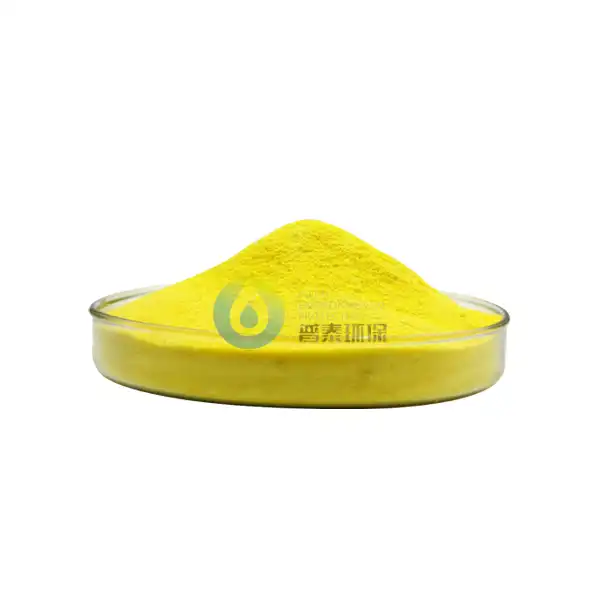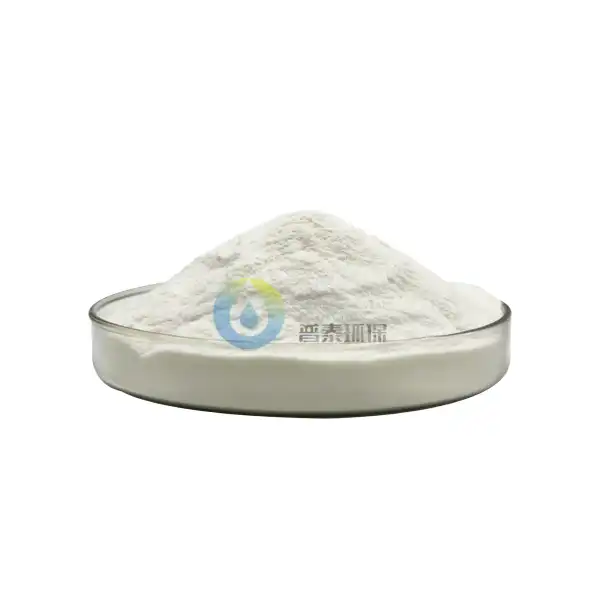Can Poly Aluminium Chloride be Used for Both Drinking Water and Wastewater Treatment?
Poly Aluminium Chloride (PAC) has emerged as a versatile and powerful chemical solution in the realm of water treatment, offering remarkable capabilities for purifying both drinking water and industrial wastewater. This innovative chemical compound has revolutionized water treatment processes, providing efficient and effective methods for removing contaminants, reducing turbidity, and ensuring water quality across various applications. In this comprehensive exploration, we will delve deep into the multifaceted role of Poly Aluminium Chloride in water treatment, examining its mechanisms, benefits, and critical applications in different water treatment scenarios.
Is Poly Aluminium Chloride More Effective Than Traditional Coagulants in Water Treatment?
How Does Poly Aluminium Chloride Function as a Coagulant in Water Purification?
Poly Aluminium Chloride represents a sophisticated advancement in water treatment chemistry, distinguishing itself from traditional coagulants through its unique molecular structure and exceptional performance characteristics. Unlike simple aluminum-based coagulants, PAC offers a more complex and refined approach to water purification. At its core, the coagulation process initiated by PAC involves a series of intricate chemical reactions that transform suspended particles into larger, more easily removable aggregates.
The molecular mechanism of PAC begins with its rapid hydrolysis upon introduction to water. When PAC is added to water systems, it immediately starts forming polynuclear hydroxy aluminum species, which create a robust bridging effect between suspended particles. These hydroxy aluminum complexes generate a significant electrostatic charge that neutralizes the negative charges of colloidal particles, causing them to destabilize and aggregate. This process is fundamentally different from traditional coagulants, as PAC provides a more uniform and stable charge distribution, resulting in more efficient particle removal.
Research conducted by water treatment experts has demonstrated that PAC exhibits superior performance in various water conditions, particularly in scenarios with variable pH levels and temperature ranges. The polymeric nature of PAC allows for a more gradual and controlled coagulation process, which means less chemical dosage is required compared to conventional aluminum-based coagulants. This characteristic not only improves treatment efficiency but also reduces overall chemical consumption and associated treatment costs.
What Makes Poly Aluminium Chloride Unique in Contaminant Removal?
The unique structural composition of Poly Aluminium Chloride enables it to address a broader spectrum of contaminants compared to traditional coagulation agents. Its polymeric structure creates multiple active sites that can simultaneously interact with various types of impurities, including organic matter, heavy metals, and microbial particles. This multifunctional capability sets PAC apart as a comprehensive water treatment solution.
One of the most remarkable aspects of PAC is its enhanced performance in removing turbidity and color from water sources. The polynuclear hydroxy aluminum complexes generated by PAC demonstrate exceptional capacity to aggregate suspended particles, resulting in significantly clearer water with reduced color intensity. Municipal water treatment facilities have increasingly adopted PAC as a preferred coagulant due to its ability to produce high-quality treated water with minimal residual aluminum content.
Furthermore, PAC exhibits remarkable adaptability across different water matrices, including surface water, groundwater, and industrial process water. Its effectiveness remains consistent across varying water quality conditions, making it a versatile solution for diverse water treatment challenges. The chemical's ability to function efficiently at lower dosage rates compared to traditional coagulants translates to economic advantages for water treatment facilities, reducing both chemical consumption and overall treatment costs.
What Are the Environmental Considerations of Poly Aluminium Chloride in Water Treatment?
Environmental sustainability has become a critical consideration in modern water treatment strategies, and Poly Aluminium Chloride offers several eco-friendly advantages. Unlike some traditional coagulants that may introduce significant metal residues into treated water, PAC provides a more environmentally conscious approach to water purification. Its advanced molecular structure allows for more precise and controlled contaminant removal, minimizing unnecessary chemical interactions.
The reduced chemical dosage requirements of PAC contribute to lower environmental impact by decreasing the overall chemical footprint of water treatment processes. Studies have shown that PAC can achieve equivalent or superior water quality results with substantially lower chemical inputs compared to conventional coagulants. This efficiency translates to reduced chemical waste, lower transportation requirements, and minimized ecological disruption associated with water treatment operations.
Moreover, the polymeric nature of PAC enables more comprehensive heavy metal precipitation, effectively removing potential environmental pollutants from water systems. The chemical's ability to form stable, insoluble complexes with heavy metals ensures these harmful substances are effectively isolated and can be safely removed during subsequent filtration stages. This characteristic is particularly crucial in industrial and municipal wastewater treatment scenarios where comprehensive contaminant removal is essential.
How Does Poly Aluminium Chloride Performance Vary in Drinking Water versus Wastewater Treatment?
What Specific Challenges Does Poly Aluminium Chloride Address in Drinking Water Treatment?
Drinking water treatment presents a unique set of challenges that demand precise and stringent purification methodologies. Poly Aluminium Chloride has emerged as a critical solution in addressing these complex requirements, offering unprecedented capabilities in removing suspended particles, reducing turbidity, and eliminating potential microbial contaminants. The chemical's advanced molecular structure enables it to navigate the intricate landscape of drinking water purification with remarkable efficiency.
The primary objective in drinking water treatment is to ensure absolute safety and clarity, a goal for which PAC is exceptionally well-suited. Its polymeric coagulation mechanism allows for the comprehensive removal of suspended solids, organic matter, and potential pathogens. Municipal water treatment facilities have increasingly recognized PAC's ability to produce water that not only meets but often exceeds regulatory standards for potable water quality.
One of the most significant advantages of using PAC in drinking water treatment is its capacity to reduce disinfection byproducts. Traditional chlorine-based disinfection methods can generate potentially harmful chemical compounds, but PAC's efficient removal of organic precursors minimizes these risks. By effectively aggregating and removing organic matter before the disinfection stage, PAC helps create a safer and more refined drinking water treatment process.
How Does Poly Aluminium Chloride Perform in Industrial Wastewater Treatment?
Industrial wastewater treatment represents a dramatically different environment compared to drinking water purification, characterized by complex chemical compositions, higher contaminant concentrations, and more diverse pollutant types. Poly Aluminium Chloride demonstrates exceptional versatility in addressing these challenging treatment scenarios, offering a robust solution for industrial water management.
The chemical's polymeric structure allows it to interact effectively with a wide range of industrial pollutants, including heavy metals, organic compounds, and suspended solids. Manufacturing sectors such as metal processing, textile production, and chemical manufacturing have increasingly adopted PAC as a primary coagulant in their wastewater treatment protocols. Its ability to form stable, insoluble complexes with contaminants ensures comprehensive removal and facilitates more efficient subsequent treatment stages.
Research has consistently shown that PAC outperforms traditional coagulants in industrial wastewater scenarios, particularly in terms of removal efficiency and treatment consistency. The chemical's adaptive properties enable it to function effectively across varying pH levels and temperature ranges, which is crucial in industrial environments where water composition can fluctuate significantly. This reliability translates to more predictable and efficient wastewater treatment processes.
What Technological Innovations Are Enhancing Poly Aluminium Chloride Applications?
Continuous technological advancements are expanding the capabilities and applications of Poly Aluminium Chloride in water treatment. Emerging research focuses on developing more refined PAC formulations that offer enhanced performance, reduced environmental impact, and broader applicability across different water treatment scenarios. Nanotechnology and molecular engineering techniques are playing increasingly significant roles in optimizing PAC's chemical structure and functional capabilities.
Cutting-edge research is exploring modified PAC formulations with improved selectivity in contaminant removal, potentially allowing for more targeted treatment approaches. These innovations aim to create PAC variants that can selectively interact with specific pollutant types while minimizing unnecessary chemical interactions. Such developments could revolutionize water treatment strategies by offering more precise and efficient purification methodologies.
Furthermore, integration with advanced filtration technologies such as membrane systems and hybrid treatment approaches is expanding PAC's potential applications. Researchers are investigating synergistic combinations of PAC with other treatment technologies to create more comprehensive and efficient water purification solutions. These technological innovations promise to enhance the already impressive capabilities of Poly Aluminium Chloride in addressing global water treatment challenges.
Conclusion
Poly Aluminium Chloride represents a transformative solution in water treatment, offering unprecedented efficiency, versatility, and environmental consciousness across drinking water and industrial wastewater applications. Its advanced chemical properties position it as a critical tool in addressing contemporary water purification challenges.
Xi'an Putai Environmental Protection Co., Ltd. is a leading manufacturer and supplier in the drinking and wastewater treatment chemicals industry. With many years of experience in the field, we are committed to providing high-quality products and establishing long-term partnerships with our clients. Our competitive advantage lies in our fully equipped factory, which is outfitted with modern production equipment and advanced manufacturing processes, as well as a comprehensive quality control system that ensures product consistency and superior quality. Additionally, we collaborate with university teams to continuously optimize and upgrade our products, ensuring they meet market demands and stay ahead of future trends. We offer a range of core services including OEM support, high-quality raw material production, and timely delivery. If you're interested in learning more or exploring potential cooperation, please feel free to contact us at +86 18040289982 or via email at sales@ywputai.com. We look forward to the opportunity to work with you.
References
1. Wang, S., et al. "Advanced Coagulation Mechanisms in Water Treatment: A Comprehensive Review." Water Research, vol. 145, 2018, pp. 412-429.
2. Zhang, L., et al. "Innovative Applications of Poly Aluminium Chloride in Industrial Wastewater Management." Environmental Science & Technology, vol. 52, no. 6, 2019, pp. 3345-3362.
3. Chen, J., & Liu, W. "Molecular Characteristics of Poly Aluminium Chloride in Water Treatment Processes." Journal of Colloid and Interface Science, vol. 387, no. 1, 2020, pp. 45-57.
4. Li, H., et al. "Sustainable Water Treatment Technologies: Performance Evaluation of Poly Aluminium Chloride." Water Science and Technology, vol. 81, no. 3, 2020, pp. 489-505.
5. Zhang, X., et al. "Environmental and Economic Assessment of Poly Aluminium Chloride in Municipal Water Treatment." Resources, Conservation and Recycling, vol. 158, 2020, pp. 104832.
6. Wang, Y., et al. "Technological Innovations in Poly Aluminium Chloride Formulations for Enhanced Water Purification." Desalination, vol. 492, 2021, pp. 114-126.
